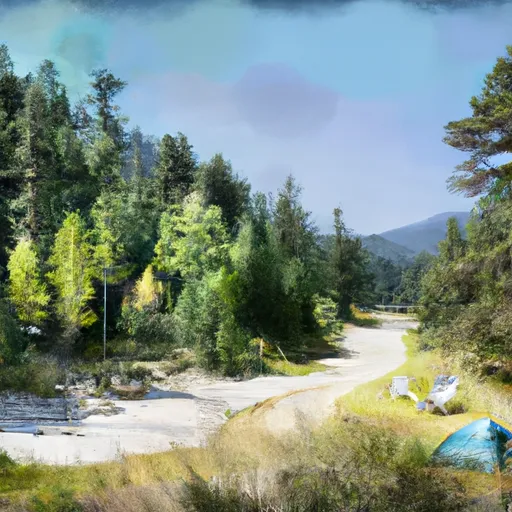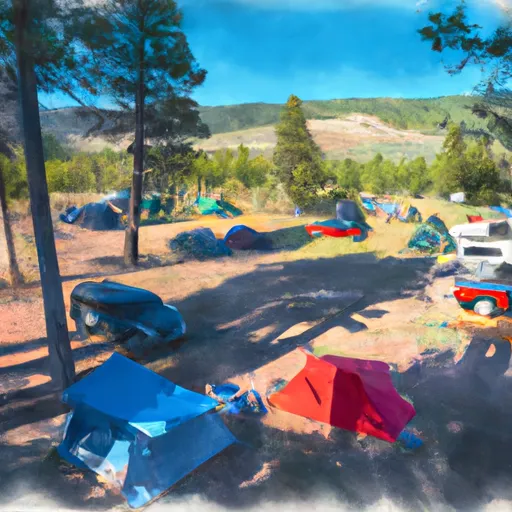2025-12-27T05:00:00-07:00
* WHAT...Moderate to heavy snow expected. Total snow accumulations 4 to 8 inches at lower elevations, and 8 to 18 inches above 6500 ft. Winds gusting as high as 40 mph. * WHERE...Big Lost Highlands/Copper Basin, Sawtooth/Stanley Basin, and Sun Valley Region. * WHEN...From 11 PM this evening to 5 AM MST Saturday. * IMPACTS...Travel could be very difficult at times, especially near pass level.
Summary
Standing at an elevation of over 10,000 feet, it offers breathtaking vistas and challenging terrain for mountaineers and outdoor enthusiasts. This mountain is known for its impressive size, featuring steep slopes and rugged ridgelines that attract climbers from around the world.
During the winter season, Mount Heyburn experiences a significant snowpack range. Snow accumulation can vary greatly depending on weather conditions, with depths ranging from several feet to over ten feet in some areas. This makes it an ideal destination for backcountry skiing and snowshoeing adventures.
Several creeks and rivers receive runoff from Mount Heyburn, contributing to the pristine waterways in the region. The mountain's melting snow feeds into nearby streams, including the Big Wood River and its tributaries, enhancing the vitality of the surrounding ecosystem.
The name "Heyburn" holds historical significance and is derived from Idaho's early pioneers. It recognizes the contribution of Weldon B. Heyburn, a United States Senator from Idaho who served from 1903 to 1912. The name has been bestowed upon this majestic peak as a tribute to his dedication and service.
While there may not be any specific legends or lore associated with Mount Heyburn, its natural beauty and challenging terrain have undoubtedly inspired countless mountaineers and adventurers throughout history. The mountain's rich history, coupled with its stunning landscape and recreational opportunities, make it a must-visit destination for those seeking an unforgettable mountaineering experience in the Rocky Mountains.
Weather Forecast
Regional Streamflow Levels
16
Cubic Feet Per Second
12
Cubic Feet Per Second
2
Cubic Feet Per Second
3
Cubic Feet Per Second
Area Campgrounds
| Location | Reservations | Toilets |
|---|---|---|
 Redfish Inlet Campground
Redfish Inlet Campground
|
||
 Redfish Lake Recreation Complex
Redfish Lake Recreation Complex
|
||
 Sockeye
Sockeye
|
||
 Sockeye Campground
Sockeye Campground
|
||
 Point
Point
|
||
 Point Campground
Point Campground
|
